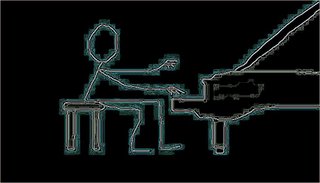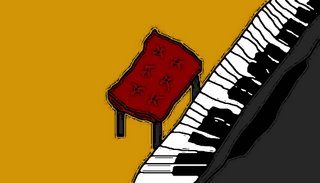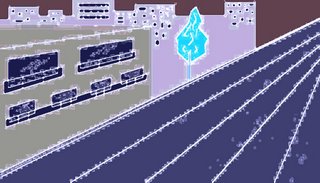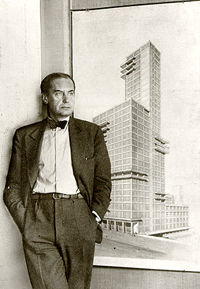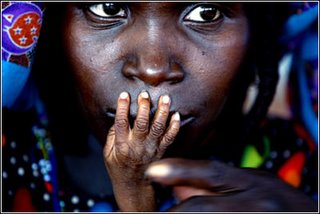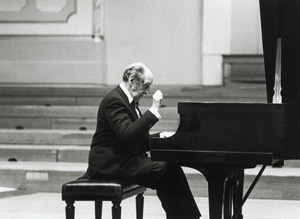
"On revient toujours..." For most Europeans, Vladimir Horowitz had remained for many years an American legend. Then in 1982 he returned to London to give his first concerts there in over 28 years and in 1985 traveled to Milan and Paris for his first recitals on the continent in over 30 years. In autumn 1985 Horowitz re-established contact with Hamburg, where his international career began in 1926, by announcing that Deutsche Grammophon was his new recording partner.
Born in Kiev on 1 October 1904, Horowitz had already made a name for himself in Russia before he turned 20. His fame began to spread when he left Russia for Germany in 1925 and was immediately recognized as a sensational new talent, resulting in appearances in England and France. 1928 marked his American debut, 1940 his emigration to the U.S.A. and 1945 his acquisition of American citizenship, He became known as the most virtuosic of all virtuosos, and each concert was an event of unprecedented significance. In 1953 Horowitz withdrew from the clamor that had surrounded his every appearance and he subsequently avoided public exposure. Over the next 12 years he did, however, make recordings and devoted much time to studying new works. His historic comeback in 1965 at Carnegie Hall was the first of the relatively few public recitals he was to give over the next years, most of them on Sunday afternoons at Carnegie. In the 1980s he started to agree to short journeys outside the United States, to Europe and Japan.
Horowitz's reputation as the "Liszt of our age" or "virtuoso without limits" stems also from the numerous recordings he had made since the 1920s. Some of his interpretations on disc, such as the 1930 recording of Rachmaninov's Third Piano Concerto or Liszt's B minor Sonata (1932) have attained historic significance. They document that the young Horowitz had not merely earned his name as the "tornado from the steppes", as concert critics called him, but that he was also a musician with a highly developed sense of form. In his extensive discography, his recordings of Chopin, Schumann and Rachmaninov abound. Horowitz also devoted special attention to the music of Scriabin and Scarlatti. But his repertoire didn't fail to include works by the Vienna classicists. The most famous of his concerto recordings is the 1943 production of the Tchaikovsky B flat minor Concerto with father-in-law Arturo Toscanini. As Horowitz's recordings in the years before his contractual relationship with Deutsche Grammophon were exclusively live tapings, the return of the 81-year-old pianist to the studio in 1985 was a historic event. In the course of his Yellow Label career, he recorded recitals of music by Schumann, Mozart, Schubert, Liszt, Chopin, Scriabin, Rachmaninov, Scarlatti and more, as well as the Mozart Piano Concerto No. 23 with Carlo Maria Giulini. Vladimir Horowitz died in New York on 5 November 1989.
Fonte:
http://www.deutschegrammophon.com/
